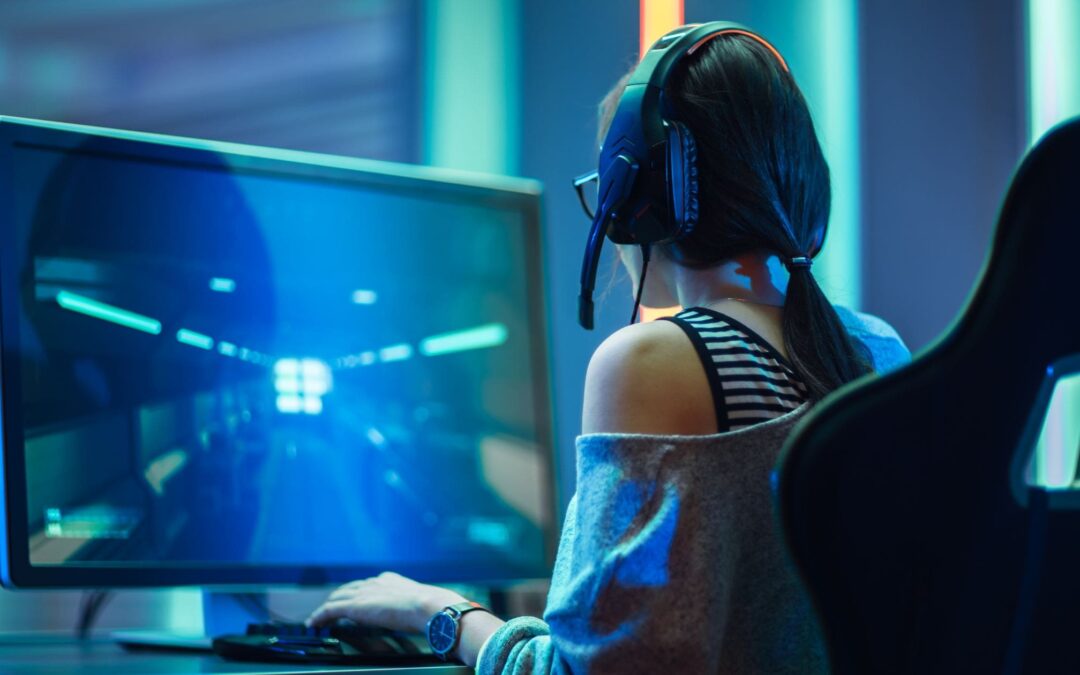Esports has remained a sport heavily dominated by men since its emergence. However, a push to help more women participate in competitions is taking root. In May 2023, the gaming agency PROJEKT GAP hosted a new tournament series called PATHFINDERS, which focuses on competition for women and minority communities in League of Legends games.
During the next year, four other PATHFINDERS tournaments will feature eight teams and six of those teams will be franchise groups. Those six teams then sign agreements with the organizers to participate in the tournament for at least a year. Teams include G2 Hell, Galaxy Racer, Team Solary, Vitality French Bees, QLash Midnight and BIG Chroma.
Two qualified teams will then join the others by earning their spot through open qualifiers. PROJEKT GAP highlights how this system allows organizations to invest more into their rosters with regular, high-quality events and tournaments.
“We want to provide a safe environment for women to play and develop their careers within esports,” says Ali Rashid, the Head of Product at PROJEKT GAP. She continues, “However, we also understand that for the scene’s growth, it is important to incentivize not only players but organizations as well.”
Women in Esports
The League of Legends tournament is a great opportunity to spotlight more women in the sector. While half of all esports games are women, they have been largely underrepresented in the field. Most tournaments were open to men and women in esports. However, women are often hindered by missing role models, sexism and stereotypes that impede their desire to participate.
Natalie Denk co-founded League of Girls, an initiative committed to promoting female esports and networking opportunities within the sport.
Denk, who has studied the implications of gender in esports, says, “There are no serious studies that would prove that there is a difference in gaming behavior or performance between women and men. The nice thing about esports is that – in contrast to many conventional sports, such as soccer – gender segregation is not necessary for physical reasons. Nevertheless, this is unfortunately still often suggested and attempts are made to force gender-specific differences.”
Denk mentions how female-only teams can address the issue of underrepresentation in esports. It can likewise provide women with a safe space in which they don’t have to compare themselves consciously or unconsciously to specific gender roles. Of course, she argues it can be problematic when one thinks they have to solve a “gender problem” in esports with female-only leagues.
Instead, a better long-term goal in esports is that women and men play in leagues together and gender does not play a role in competition. Other sports may face this, but the physiological limitation of esports allows for fewer limitations.
Even so, the Female League of Legends tournament proved to be eventful, with a single round-robin and matches being best of three. The first-place winner was G2 Hell, followed by BIG Chroma in second place, while Team GO Aurora and Team BDS Valkyries tied for third place.
Ultimately, the idea behind a female esports tournament is to provide a highly visible platform to highlight the talents of women in esports both in front and behind the screen. It’s a big opportunity to help influence the competitive landscape and also help to make the statement that women are here to stay in esports.

